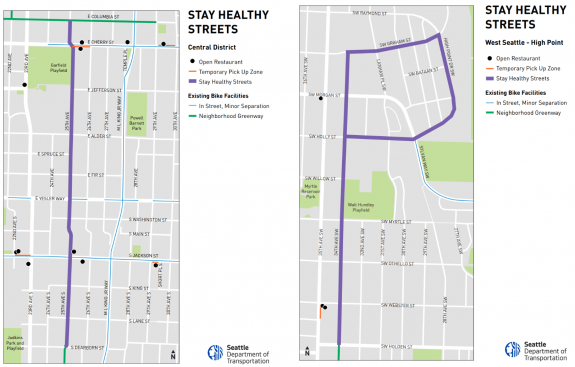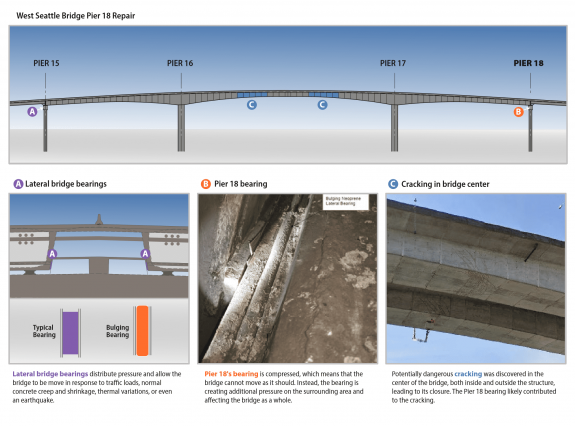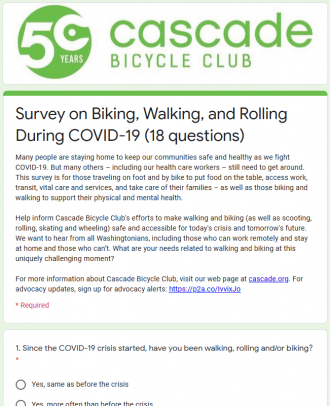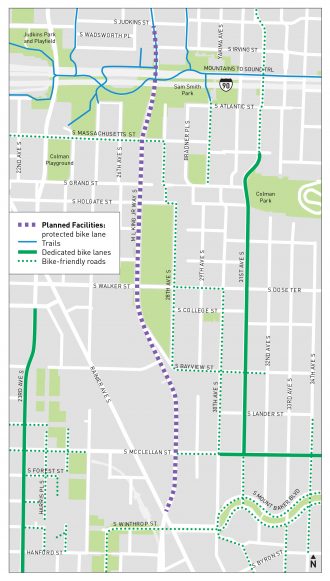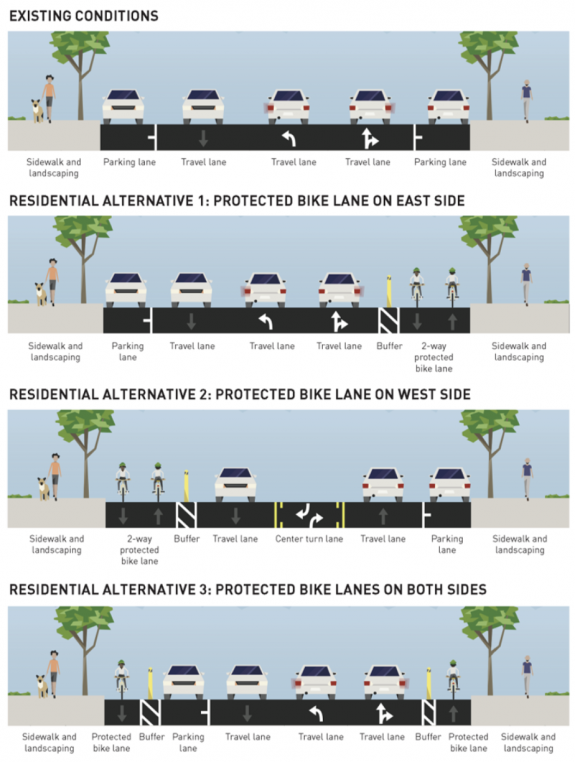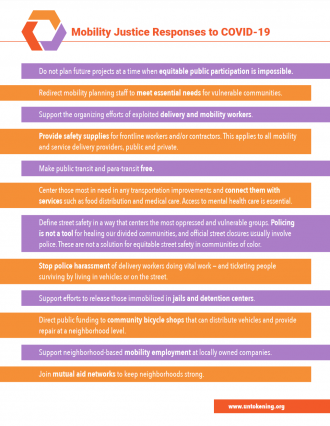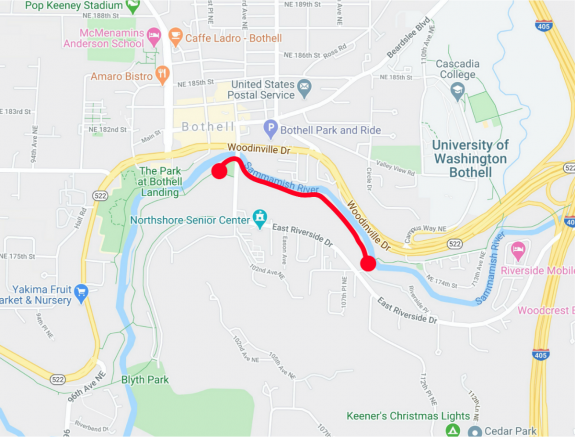 Work to fix some tree root bumps and repave a section of the Sammamish River Trail in Bothell kicks off April 27 and will last for two weeks.
Work to fix some tree root bumps and repave a section of the Sammamish River Trail in Bothell kicks off April 27 and will last for two weeks.
During work hours, trail users will need to wait for up to 15 minutes before crews can let them through. There will not be a detour.
The trail is currently closed for recreation as part of King County Parks’ agency-wide closure that began in late March. People making essential trips or traveling to and from essential jobs are still allowed to use the trails for transportation.
More details from King County Parks spokesperson Doug Williams:
Starting next Monday, April 27, we’ll be removing root incursions and resurfacing a short stretch of the trail (less than 100 yards long) near the “Chicken Lot.” The stretch we’ll be working on is at Sammamish River Park adjacent to 102nd Avenue Northeast, and east to the bridge that crosses the river. (See the map below.)
Construction is going to take place Monday through Friday from 8 a.m. to 5 p.m., for two weeks – as long as the weather holds. If we get significant rainfall, the project would likely have to be extended to make up for lost work time.
A flagged trail detour isn’t possible at this location. Instead, we will have flaggers and intermittent closures to allow trail users through the construction zone in 15-minute increments.
The contractor will have temporary control signage (“construction ahead, expect delay,” “bicyclists dismount,” etc.), and flaggers will control trail user flow through the construction zone. Bicyclists will be asked to dismount and walk through the work site.
Even though the regional trail system remains closed to everything but essential trips (work, doctor’s appointments, etc.), we’re concerned that trail use will increase with the improving weather. This can create an issue at the construction site because all trail users will have to be stopped together for several minutes while work is being done before they can safely walk through the construction zone.
With that in mind, we’d appreciate your help in getting out the message about limiting non-essential trips along this portion of the Sammamish River Trail during the construction timeframe
I know it’s an inconvenience to have a stretch of trail closed like this for construction, but with reduced trail use as part of the Governor’s Stay Home, Stay Healthy guidance, we can get this important safety work done now, rather in the summertime when trail use is exponentially higher.
We’ve also lined up the timing of this project to coincide with a City of Bothell project to replace the pedestrian bridge in the Park at Bothell Landing.

